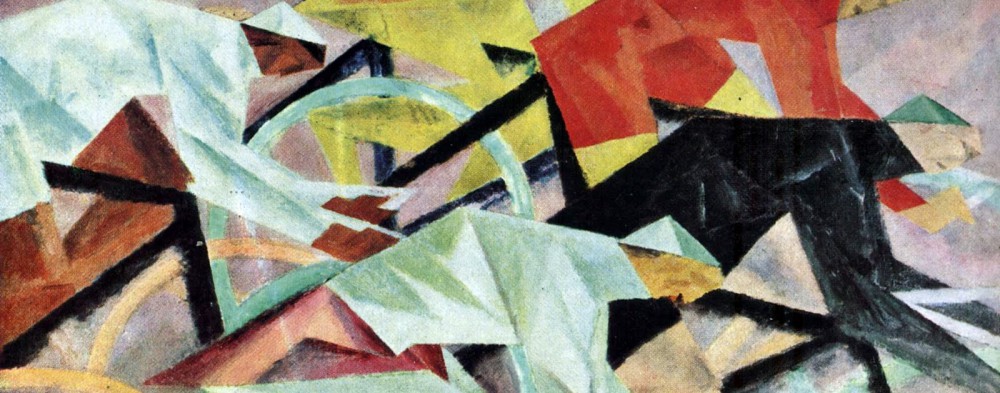The old nursery rhyme about robins in winter goes:
The north wind doth blow
And we shall have snow
And what will poor robin do then, poor thing,
He’ll sit in the barn
And keep himself warm
And hide his head under his wing, poor thing.
This ditty refers to the European robin, or Erithacus rubecula. That’s obvious, because that insectivorous, passerine bird, specifically a chat (as Wikipedia tells us), is “sedentary” over its range. It’s around all year, summer and winter, spring and fall.
The American robin is Turdus migratorius, or “migratory thrush.” Unlike the cute, tiny, truly red-breasted European robin, the American robin is over half again as large, rather bumptious, with a breast that is reddish-orange. Clearly as close as the English settlers of the Atlantic coast could find to their beloved national bird, but not the same thing at all, really. They are not passerine, but eat invertebrates, fruits, and berries.
And they are migratory. In fact, the return of the robin was known as the early harbinger of spring in New England, where I grew up. Thoreau, who in Walden wrote perhaps the most universal and simultaneously the most intimately local of all books, talks of the robin in Chapter 17, “Spring”:
I heard a robin in the distance, the first I had heard for many a thousand years, methought, whose note I shall not forget for many a thousand more — the same sweet and powerful song as of yore. O the evening robin, at the end of a New England summer day! If I could ever find the twig he sits upon! I mean he; I mean the twig. This at least is not the Turdus migratorius.
Meaning that the first robin of spring, portending the ones he will hear on summer evenings, is an individual bird, not a generic species. I am convinced that the version of the nursery rhyme that my dad used to recite was written in America about American robins:
The north wind doth blow
And we shall have snow
And what will poor robin do then, poor thing,
He’ll sit on the branch
Of a tropical tree
And laugh at us under his wing, tee hee.
It is accurate, but also has a peculiarly American sardonic quality. Those robins don’t suffer, nor do they deserve our pity. They live it up in the Caribbean, and come back in the spring.
Our backyard holly trees, now a good 25 feet or more high, are getting a once-over from a flock of some 30 or 40 robins this week. In a couple more days, the berries will be entirely stripped. It used to be that we always had trees full of berries until after Christmas, so we could cut colorful red-and-green ornamental sprigs from them. Then when it got really nasty in January the winter birds, especially cedar waxwings, would eat the berries in times of severe needs.
But now the robins get them early. You’d think that they were fueling up for their annual fall migration. The trouble is, these birds do not migrate! They have learned that in our increasingly temperate winters, they can survive quite well. I saw them all last winter, branded harsh and difficult by those who do not know what winter is, grubbing around under the already-stripped hollies for food. Why fly over a thousand miles when you can get by locally?
Now, in consequence, we have no harbingers of spring. Or at least we’re thrown back on less cheering, less reliable measures, such as the response of a pestiferous rodent, the groundhog, to his shadow or the absence of it. This bothers me, because it reflects the reality of climate change, and because one of the greatest human losses as the environment shifts under our feet is the loss of ageless patterns, the very measure of our time, our mortality.
©Arnold J. Bradford, 2014.

